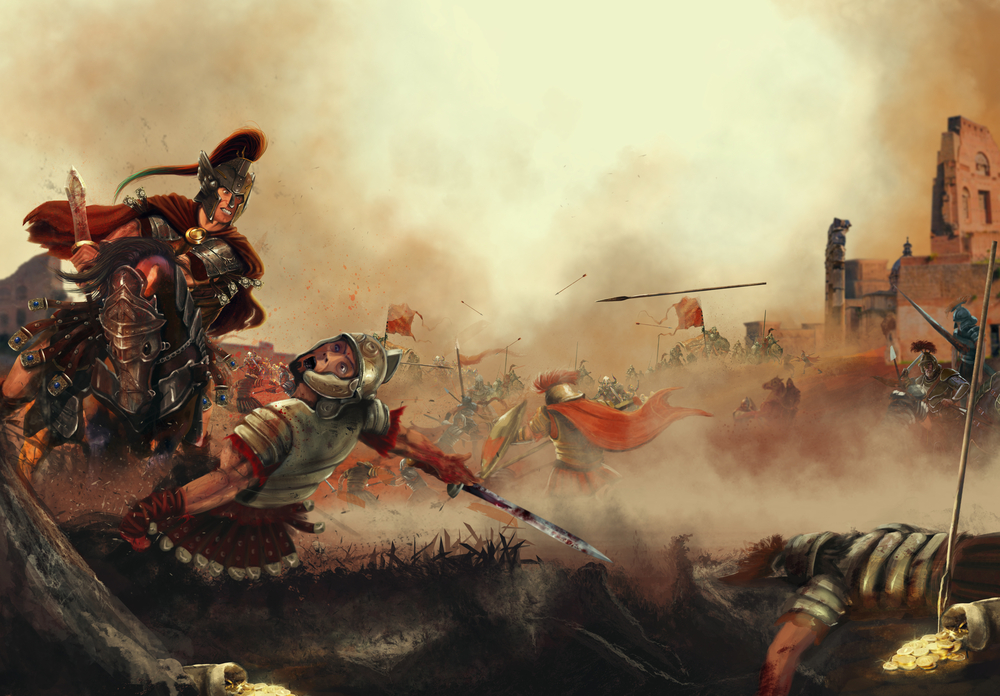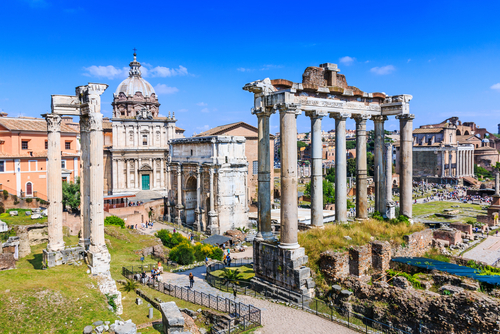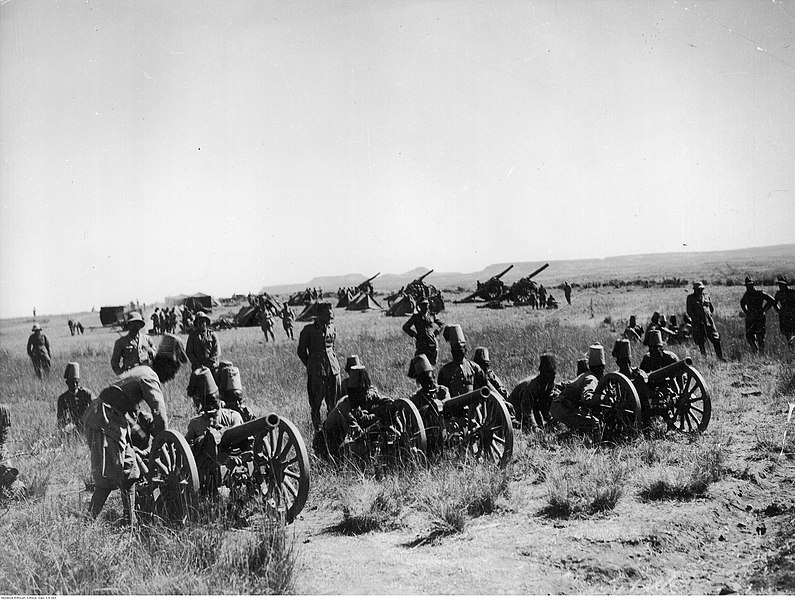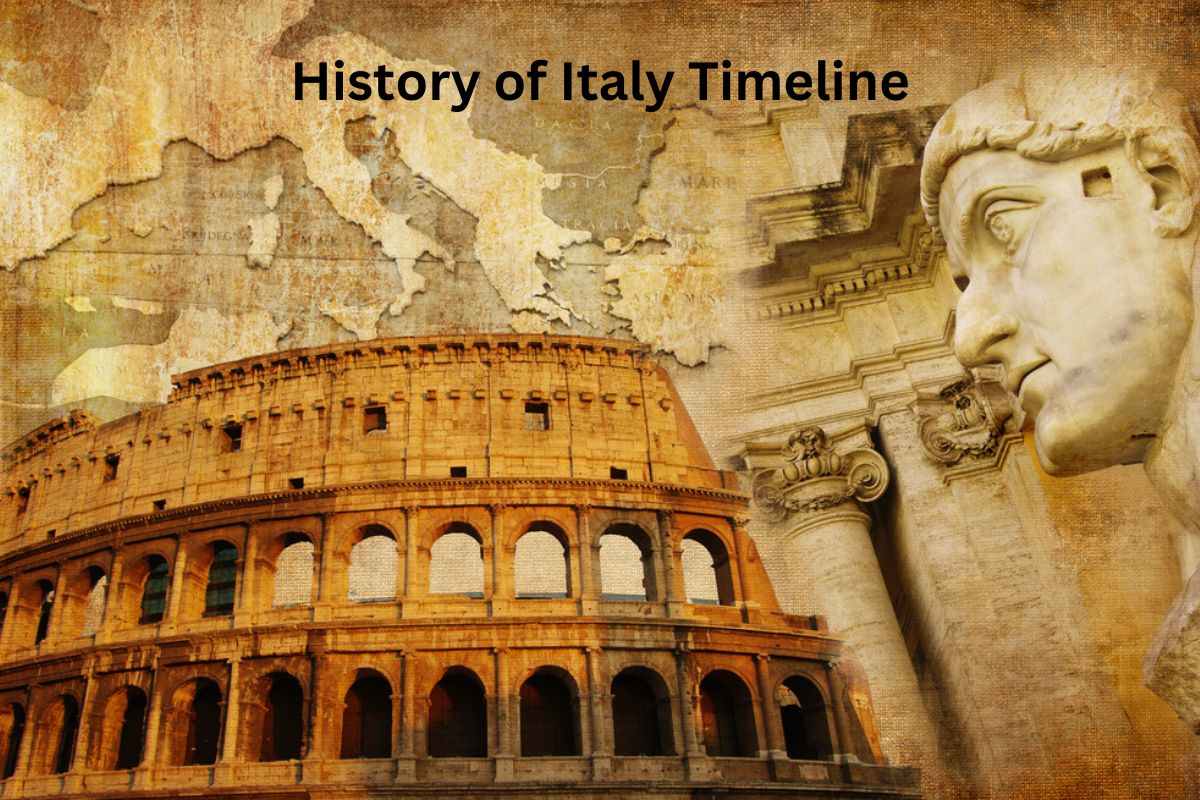Italy’s history is a tapestry woven with rich cultural, political, and artistic threads. From its ancient origins to the present day, Italy has played a pivotal role in shaping the course of Western civilization.
The land that gave rise to the Roman Empire, the Renaissance, and profound artistic achievements has witnessed the ebb and flow of kingdoms, city-states, and empires.
This journey through time reveals the emergence of a unified nation from a diverse array of regional identities, accompanied by challenges and triumphs that have left an indelible mark on Italy’s heritage.
| Time Period | Key Events and Developments |
|---|---|
| Prehistoric and Ancient Italy | – c. 10,000 BCE: Human settlement – Greek colonization begins – Etruscan civilization in central Italy<br>- Roman Republic emerges |
| Roman Era | – 27 BCE: Roman Empire established – 79 CE: Vesuvius eruption destroys Pompeii – 3rd century CE: Crisis of the Third Century – 5th century CE: Fall of Western Roman Empire |
| Medieval Italy | – 6th-11th centuries: Byzantine influence – 8th century: Lombard Kingdom – 9th century: Charlemagne’s influence – Investiture Controversy – 13th century: Rise of city-states |
| Renaissance and Early Modern Italy | – 14th-17th centuries: Italian Renaissance – 1494: French invasion – Italian Wars – 17th-18th centuries: Spanish rule – Late 18th century: Napoleon’s campaigns |
| Modern Italy | – 19th century: Italian unification – 20th century: World Wars, rise of fascism – 1946: Italy becomes a republic – 1950s-1960s: Economic boom and cultural renaissance – 1980s-1990s: Political and economic challenges |
Italian History Timeline
1. Prehistoric and Ancient Italy:
Human Settlement (c. 10,000 BCE): Evidence shows that humans began to settle in what is now Italy during the Mesolithic period, as indicated by archaeological findings.
Greek Colonization: Starting in the 8th and 7th centuries BCE, Greek city-states established colonies in southern Italy and Sicily, contributing to cultural exchange and trade.
Also Read: History of Switzerland Timeline
Etruscan Civilization: The Etruscans developed a sophisticated civilization in central Italy, known for their art, architecture, and unique writing system. They influenced early Roman culture.
Roman Republic Emerges: Around 509 BCE, the Roman Republic was established, marked by a system of government with elected officials. The republic expanded its territories through conquests.

2. Roman Era:
Roman Empire Established (27 BCE): Augustus becomes the first emperor, marking the transition from the Roman Republic to the Roman Empire. The empire’s influence spreads across Europe, Asia, and Africa.
Mount Vesuvius Eruption (79 CE): The eruption of Mount Vesuvius buried the ancient cities of Pompeii and Herculaneum under ash and debris, preserving a snapshot of life in ancient times.
Also Read: Spanish History Timeline
Crisis of the Third Century (3rd Century CE): The Roman Empire faced internal strife, economic troubles, and external invasions, leading to political instability and division.
Fall of the Western Roman Empire (5th Century CE): In 476 CE, the Western Roman Empire collapsed due to invasions by Germanic tribes. Rome was sacked in 410 by the Visigoths, marking a significant turning point.
3. Medieval Italy:
Byzantine Influence (6th-11th Centuries): The Byzantine Empire controlled parts of Italy, including Ravenna and southern regions, influencing art, architecture, and culture.
Lombard Kingdom (8th Century): The Lombards established the Kingdom of the Lombards in northern Italy, with Pavia as their capital. They contributed to the cultural and political landscape.

Charlemagne’s Influence (9th Century): Charlemagne’s Frankish Empire had an impact on Italian politics and culture, particularly in the Papal States.
Investiture Controversy: The conflict between the papacy and Holy Roman Emperors over the appointment of church officials, highlighting the power struggle between religious and secular authorities.
Rise of Italian City-States (13th Century): Prosperous and independent city-states like Venice, Florence, and Genoa became centers of trade, art, and learning.
4. Renaissance and Early Modern Italy:
Italian Renaissance (14th-17th Centuries): Italy experienced a cultural rebirth characterized by advancements in art, literature, science, and philosophy. Figures like Leonardo da Vinci, Michelangelo, and Galileo made significant contributions.
French Invasion (1494): King Charles VIII of France invaded Italy, sparking the Italian Wars and inviting foreign involvement in Italian affairs.
Italian Wars: A series of conflicts involving various European powers for control over Italian territories and resources.
Spanish Rule (17th-18th Centuries): The Kingdom of Naples and the Kingdom of Sicily came under Spanish control, impacting the region’s politics and culture.
Napoleon’s Campaigns (Late 18th Century): Napoleon Bonaparte’s military campaigns led to the establishment of puppet states like the Cisalpine Republic and the Kingdom of Italy.

5. Modern Italy:
Italian Unification (19th Century): Giuseppe Garibaldi and others led a movement to unify the fragmented Italian states, resulting in the establishment of the Kingdom of Italy in 1861 under King Victor Emmanuel II.
World Wars and Fascism (20th Century): Italy participated in both World Wars, experiencing the rise of fascism under Benito Mussolini in the 1920s. Mussolini’s government aligned with Nazi Germany during World War II.
Republic and Economic Boom (Post-World War II): After World War II, Italy abolished the monarchy and became a republic through a 1946 referendum. The country experienced an economic boom and cultural renaissance in the 1950s-1960s.
Challenges (1980s-1990s): Italy faced political and economic challenges, including corruption scandals (Tangentopoli) and changes in government. These decades saw significant shifts in Italian politics and society.
